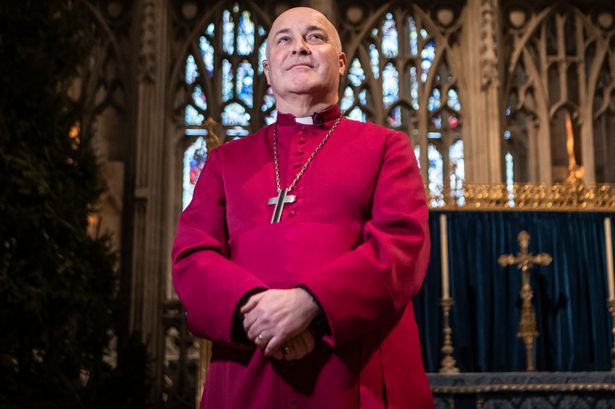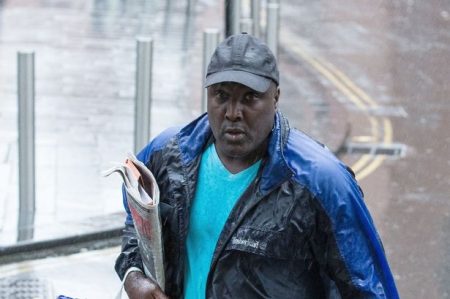The case of David Tudor, a disgraced priest within the Church of England, has cast a long shadow over the institution, highlighting systemic failings in its handling of abuse allegations and sparking intense scrutiny of safeguarding procedures. The epicenter of the controversy revolves around the delayed response of Archbishop of York, Stephen Cottrell, who admitted to errors in judgment and offered a public apology for not acting sooner on the accusations against Tudor. This apology, however, has been met with skepticism and criticism, with many arguing it is insufficient given the gravity of the situation and the protracted suffering of the victims. The core issue lies in the decision to allow Tudor to remain in his position despite serious accusations of sexual abuse, a decision that allowed the alleged abuse to continue and further traumatized those affected. This inaction raises fundamental questions about the prioritization of institutional reputation over the safety and well-being of vulnerable individuals within the Church.
The timeline of events surrounding the Tudor case reveals a pattern of delayed action and missed opportunities to intervene. Initial accusations against Tudor emerged years before decisive action was taken, and during this period, he continued to serve in his clerical role, potentially exposing more individuals to harm. The details of these accusations, though sensitive and requiring careful handling to protect the privacy of victims, paint a disturbing picture of alleged predatory behavior and a gross abuse of power. The protracted nature of the investigation and the apparent lack of urgency in addressing the allegations contributed significantly to the victims’ suffering, compounding the trauma of the abuse itself with a sense of betrayal by the very institution that should have offered protection and support. This delayed response not only allowed the alleged abuse to continue but also fostered an environment of distrust and disillusionment within the Church community.
Cottrell’s apology, while acknowledging personal responsibility for the failings in the Tudor case, also points to broader systemic issues within the Church of England’s handling of abuse allegations. He admitted to errors in judgment and a lack of decisive action, but also suggested that existing procedures and protocols were inadequate to effectively address such sensitive and complex situations. This raises questions about the adequacy of training provided to clergy and church officials in recognizing and responding to signs of abuse, as well as the efficacy of reporting mechanisms and investigative processes. The case highlights the need for a thorough review of safeguarding practices within the Church, moving beyond individual apologies to implement systemic changes that prioritize victim support and ensure accountability for perpetrators.
The criticism leveled against Cottrell and the Church of England extends beyond the delayed response in the Tudor case, encompassing a broader critique of the institutional culture that allowed such failings to occur. Critics argue that a culture of secrecy and a reluctance to address uncomfortable truths has historically hampered efforts to protect vulnerable individuals within the Church. This culture, they contend, has prioritized the preservation of institutional reputation and the avoidance of scandal over the well-being of victims. The Tudor case serves as a stark reminder of the devastating consequences of such an approach, highlighting the urgent need for a cultural shift that prioritizes transparency, accountability, and a commitment to safeguarding above all else. This necessitates a fundamental re-evaluation of power structures and decision-making processes within the Church, ensuring that those in positions of authority are held accountable for their actions and that the voices of victims are heard and respected.
The Tudor case has also ignited a wider debate about the effectiveness of current safeguarding measures within religious institutions. The Church of England, like many other faith-based organizations, has faced increasing scrutiny regarding its handling of abuse allegations. The calls for independent oversight and greater transparency in investigative processes have intensified, with many advocating for a complete overhaul of existing systems. This includes strengthening reporting mechanisms, ensuring that investigations are conducted by independent bodies free from institutional influence, and providing comprehensive support services for victims throughout the process. The Tudor case underscores the need for robust and independent safeguarding structures that operate outside the hierarchical structures of the Church, ensuring impartiality and prioritizing the safety and well-being of those who come forward with allegations.
Moving forward, the Church of England faces the daunting task of rebuilding trust and demonstrating a genuine commitment to safeguarding. This requires more than just apologies and promises of reform; it necessitates concrete action and demonstrable change. Implementing robust and independent safeguarding procedures, providing comprehensive support for victims, and fostering a culture of transparency and accountability are crucial steps towards restoring faith in the institution. The Tudor case serves as a painful but necessary catalyst for change, prompting a critical examination of the Church’s past failures and offering an opportunity to create a safer and more supportive environment for all its members. This process of reform requires ongoing dialogue and engagement with survivors of abuse, ensuring that their voices are central to shaping future safeguarding policies and practices. Only through such comprehensive and sustained efforts can the Church of England hope to address the deep-seated issues that allowed the Tudor case to occur and prevent similar tragedies in the future.














